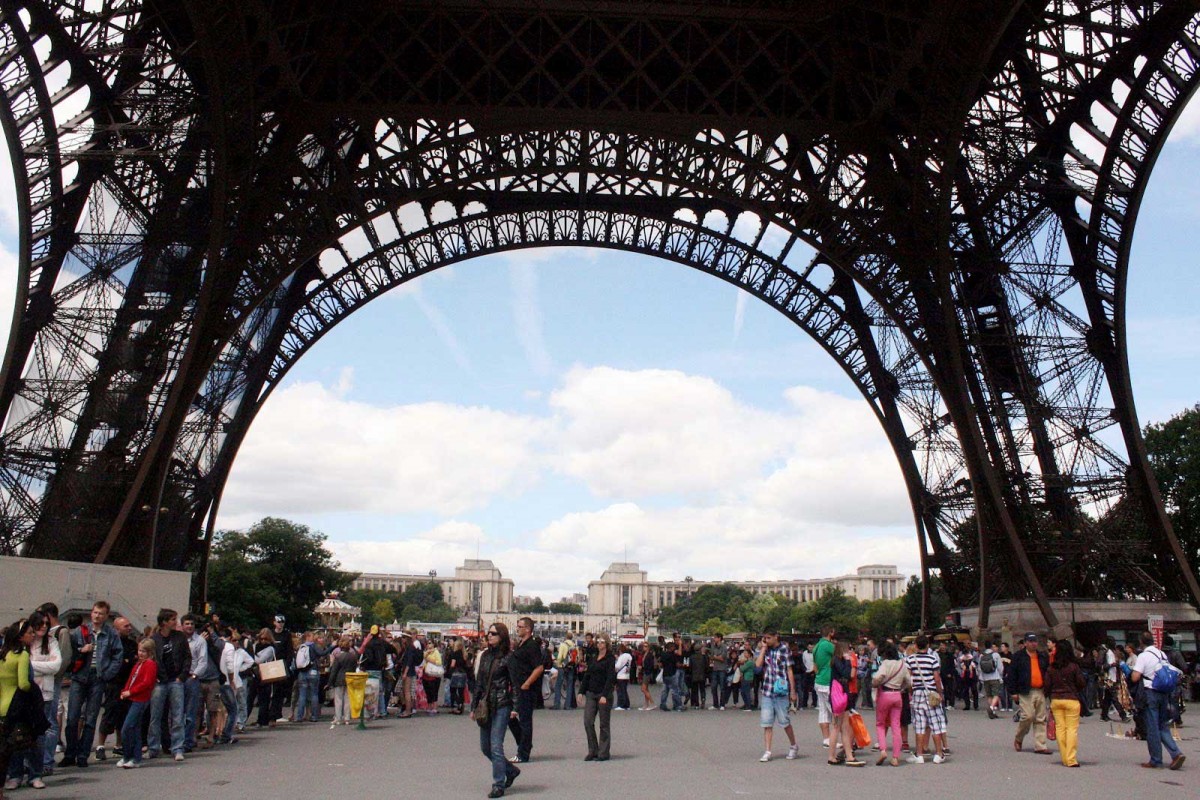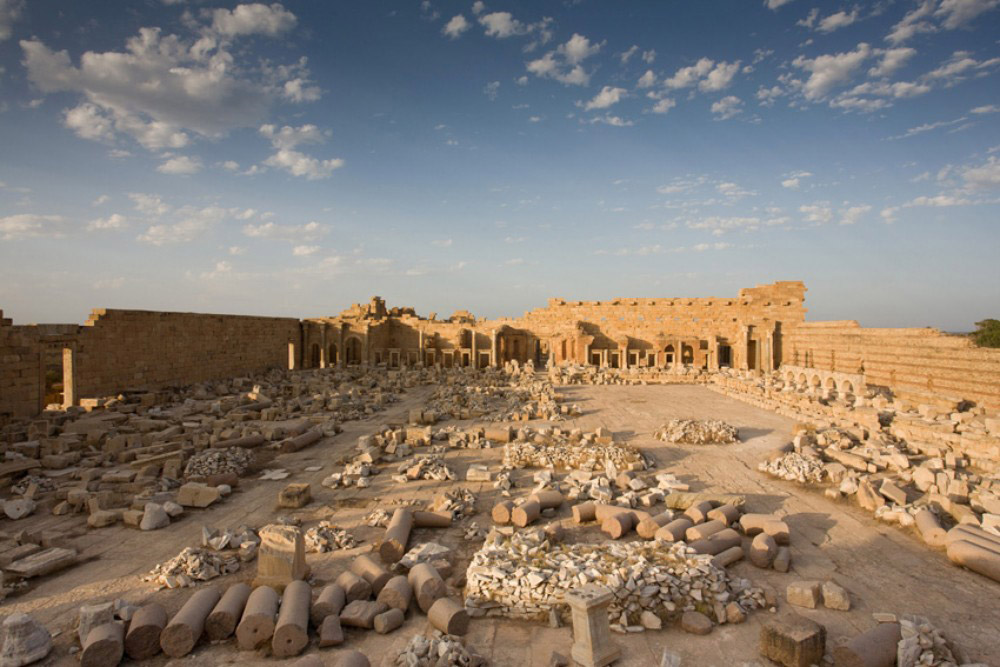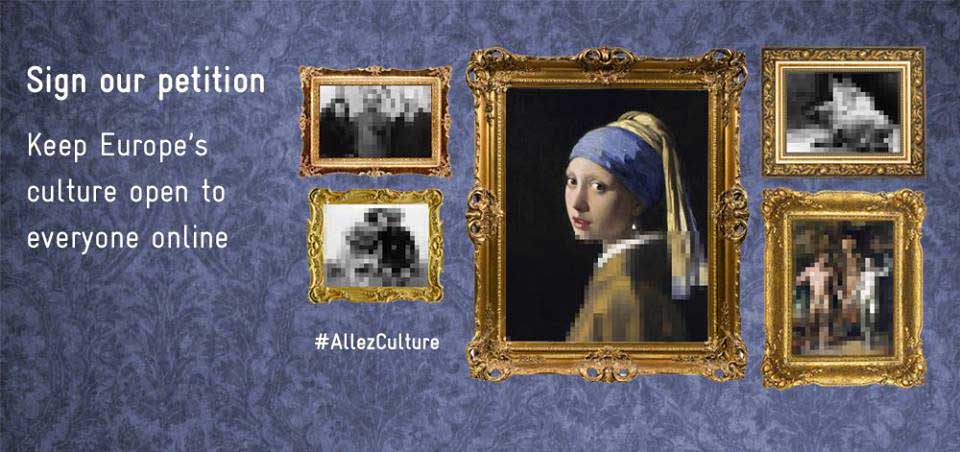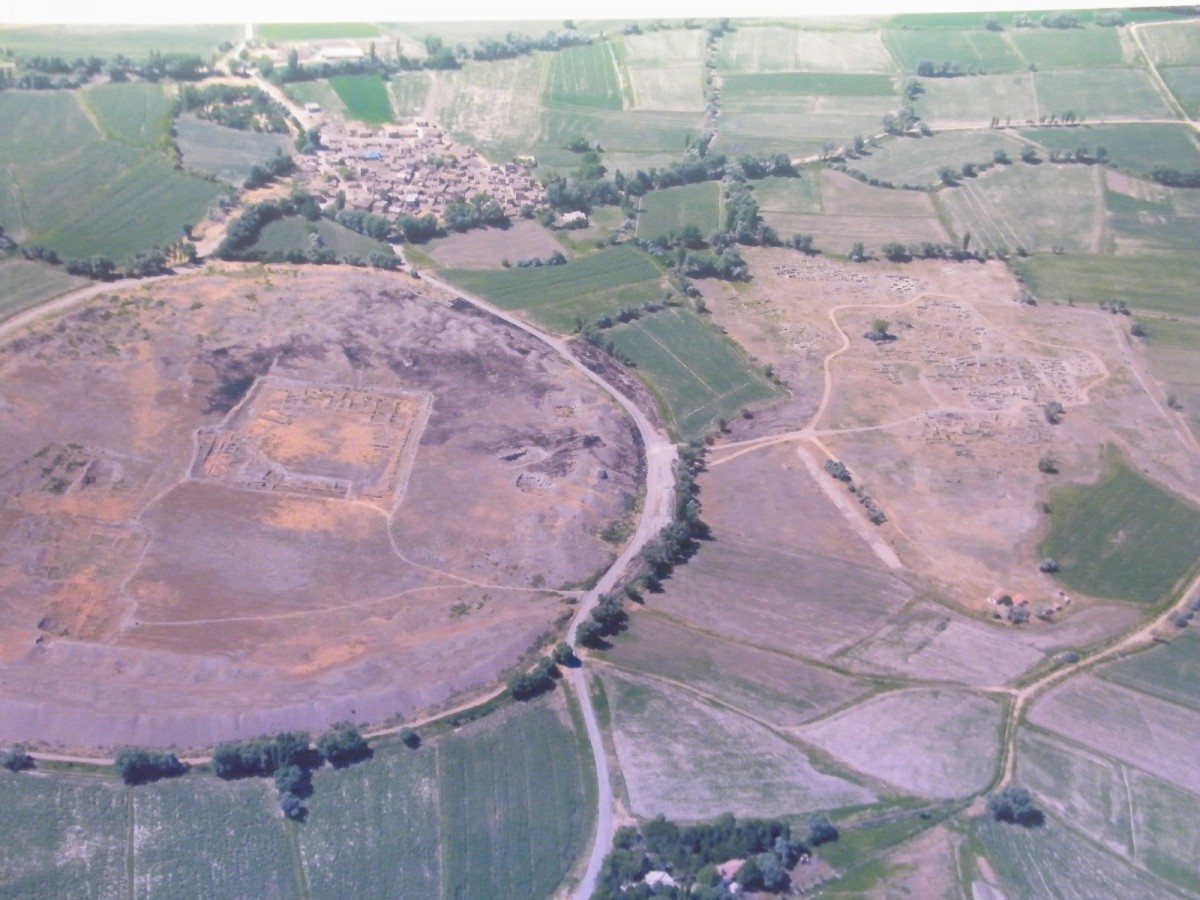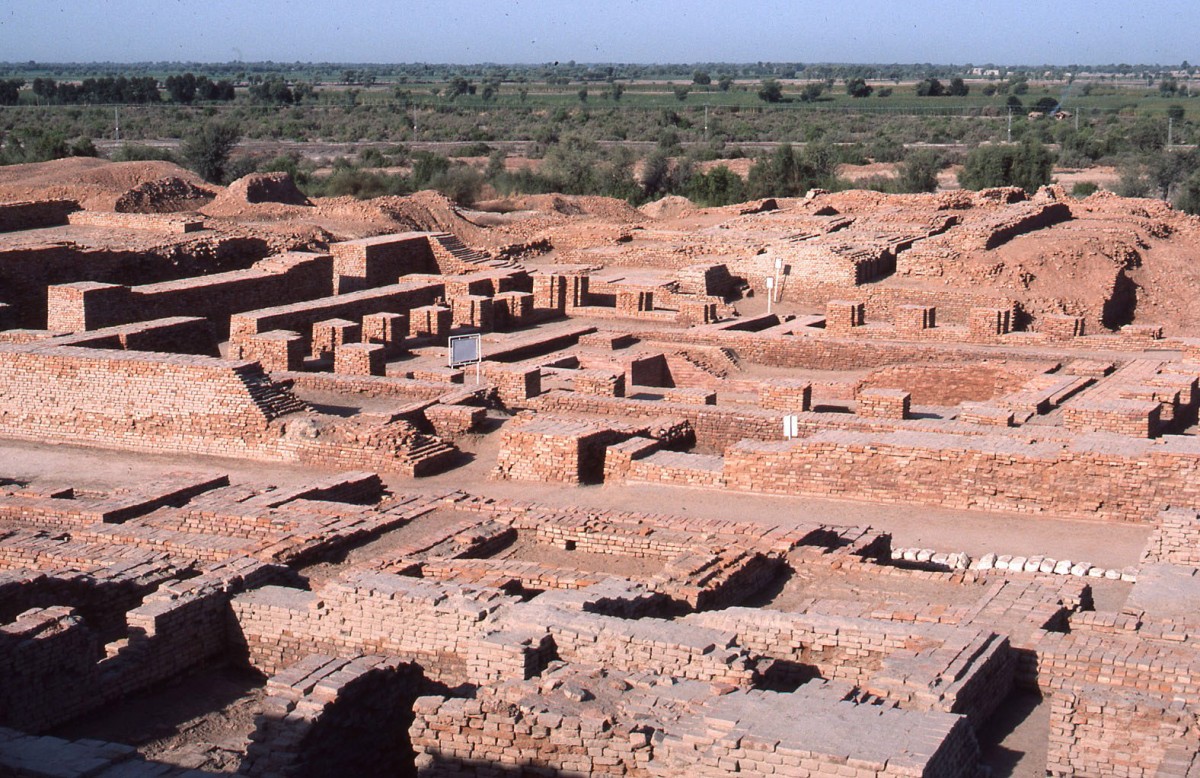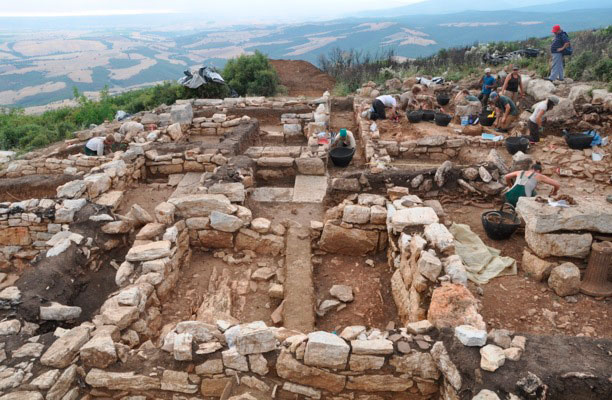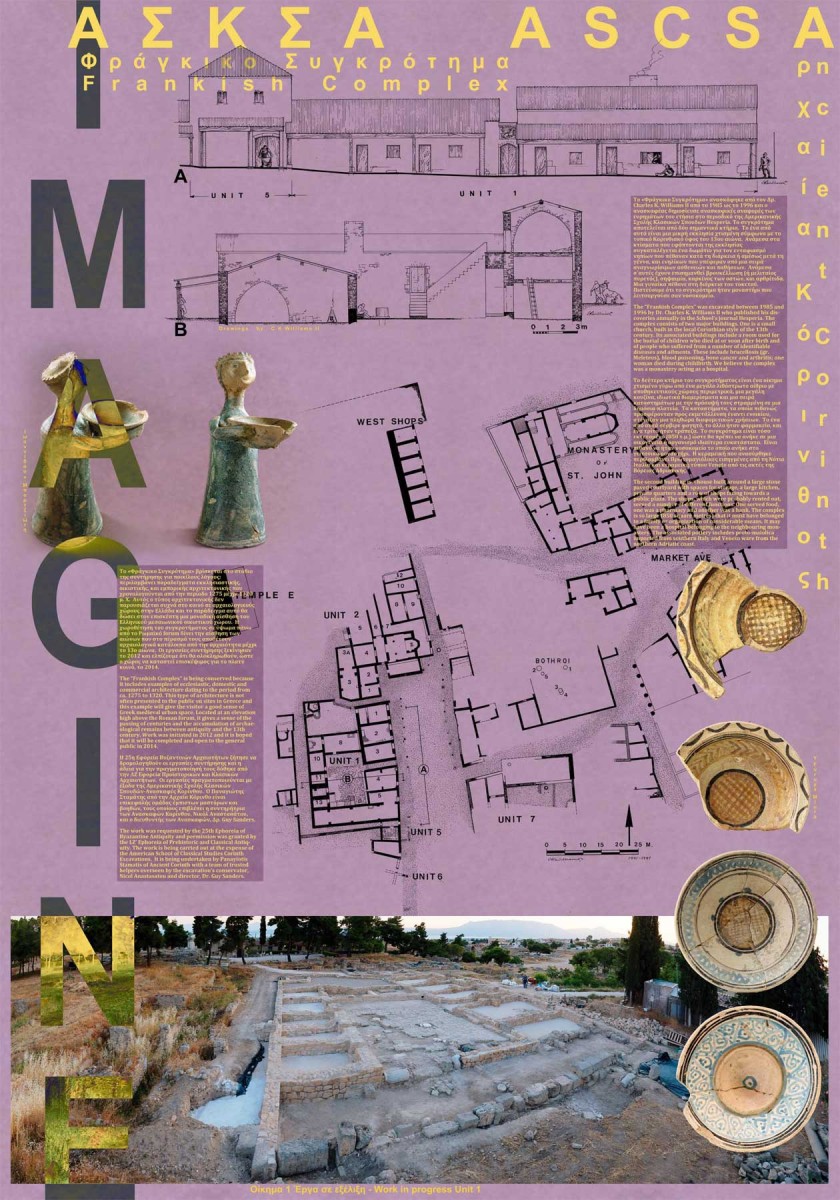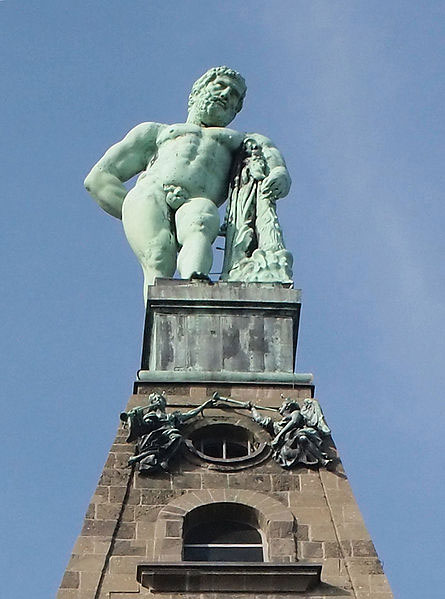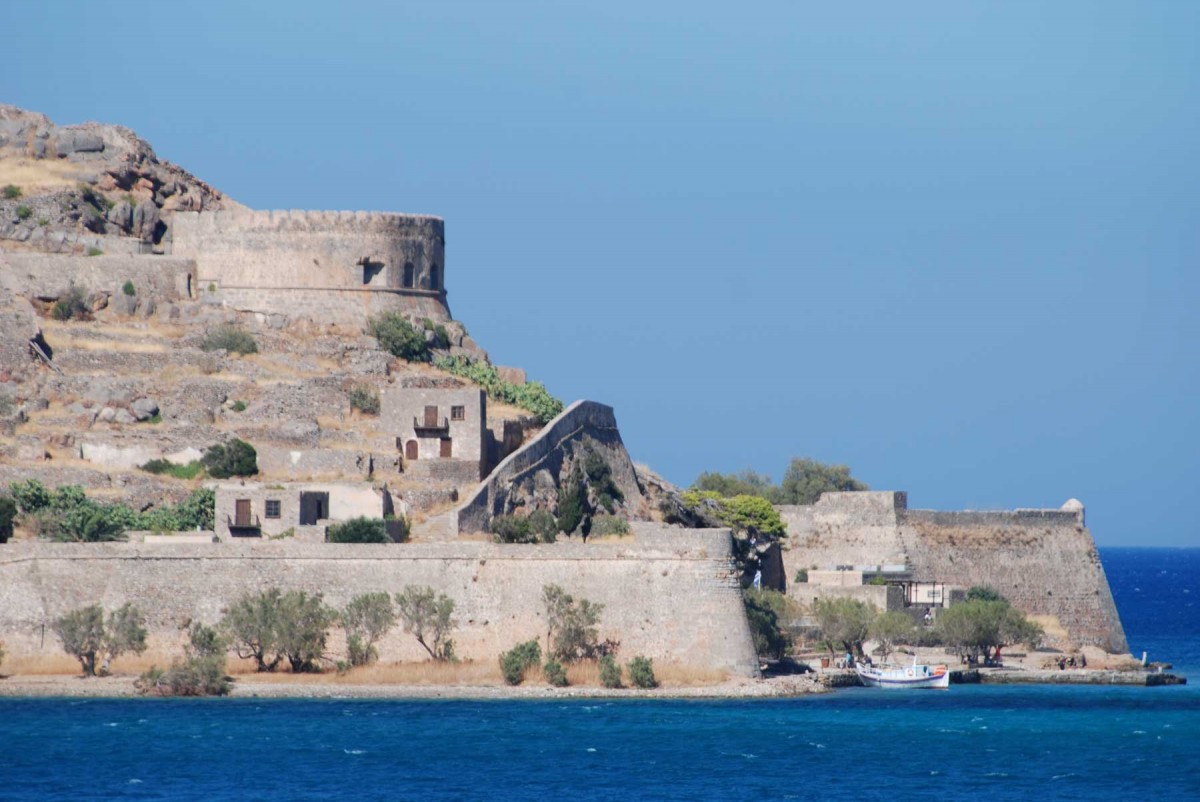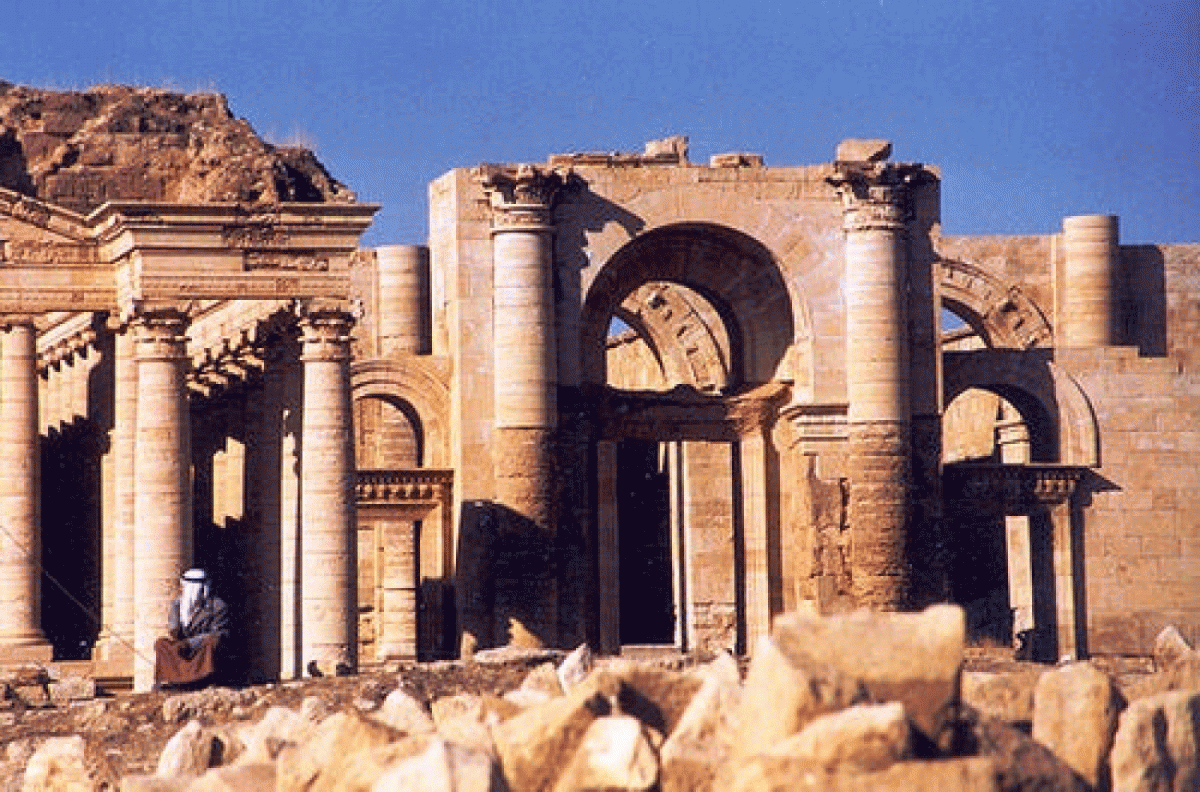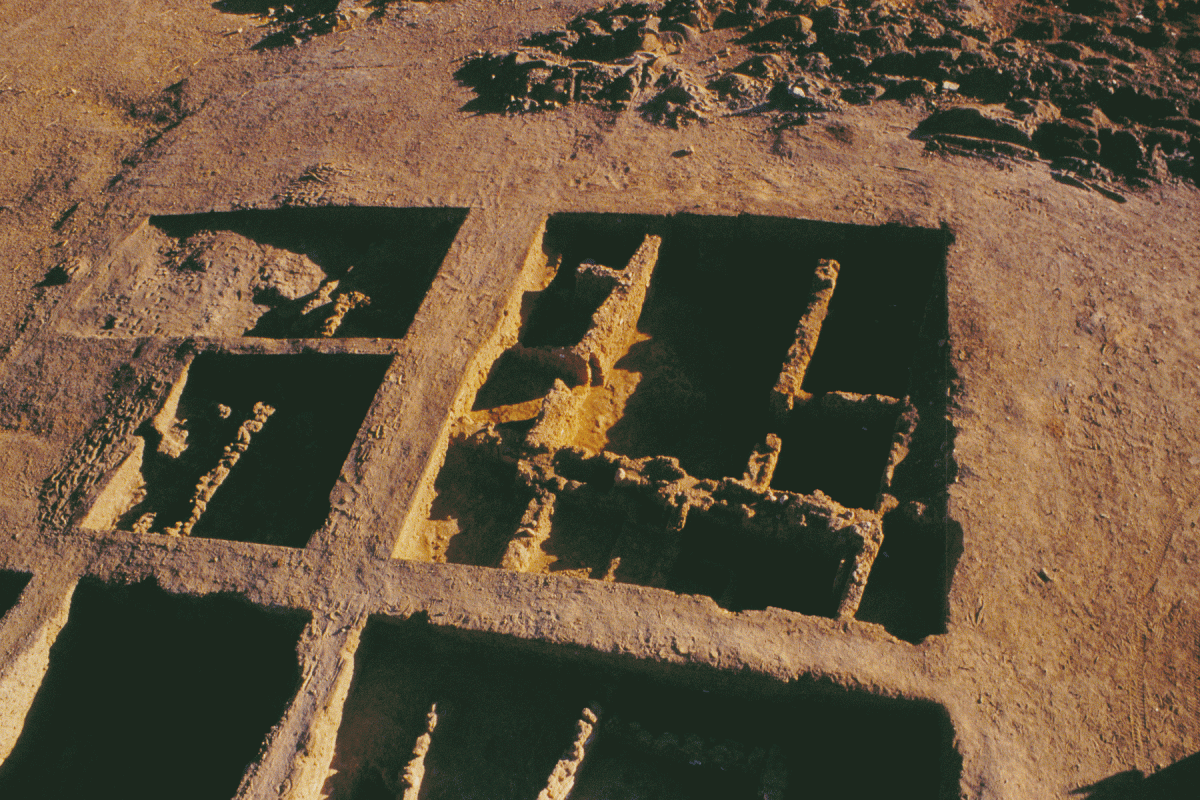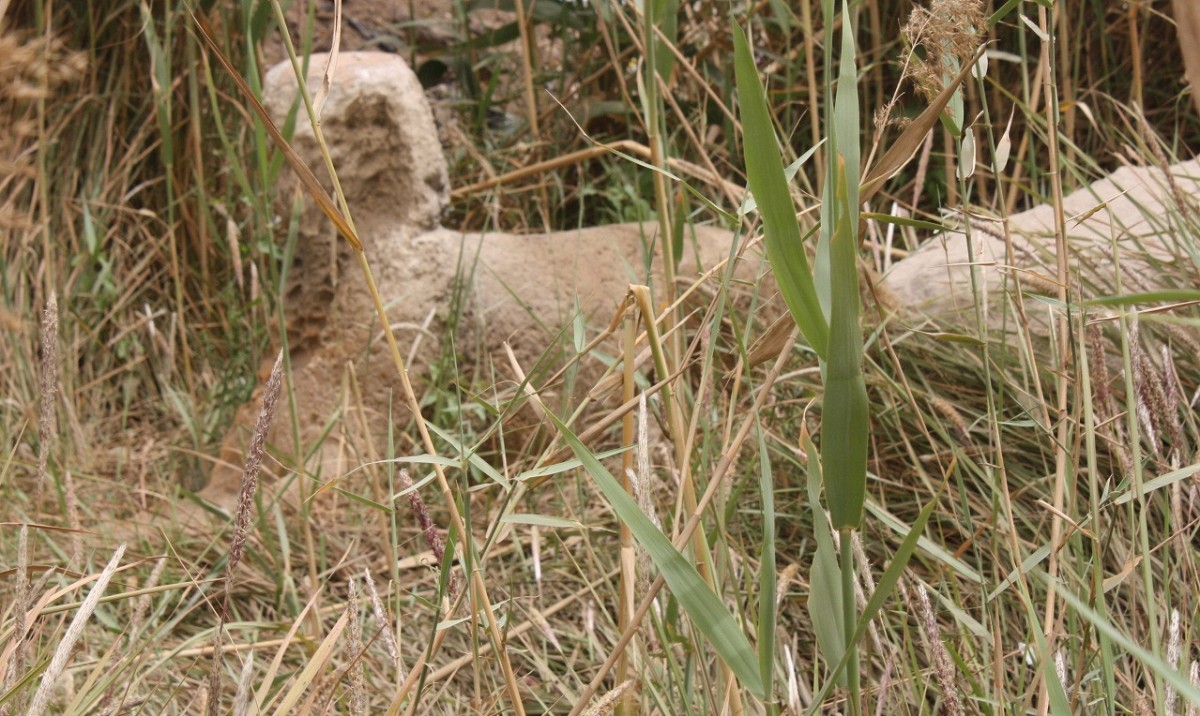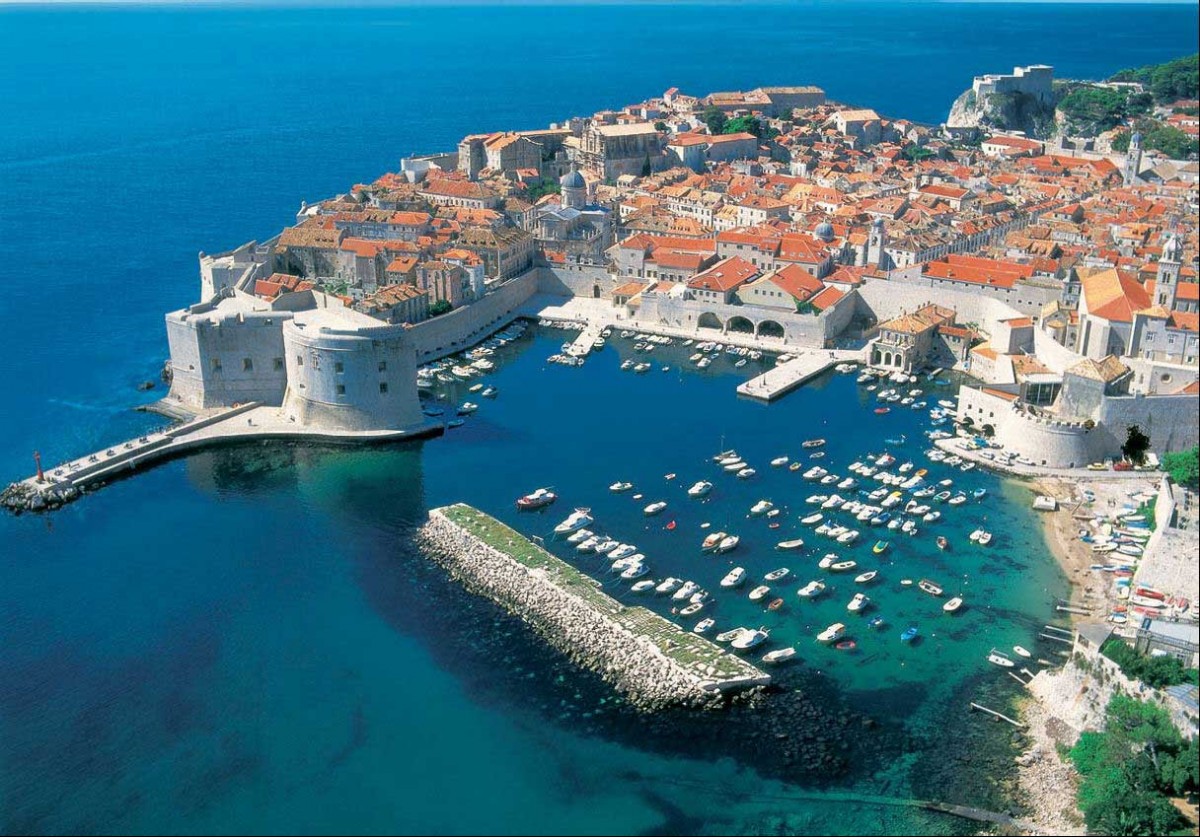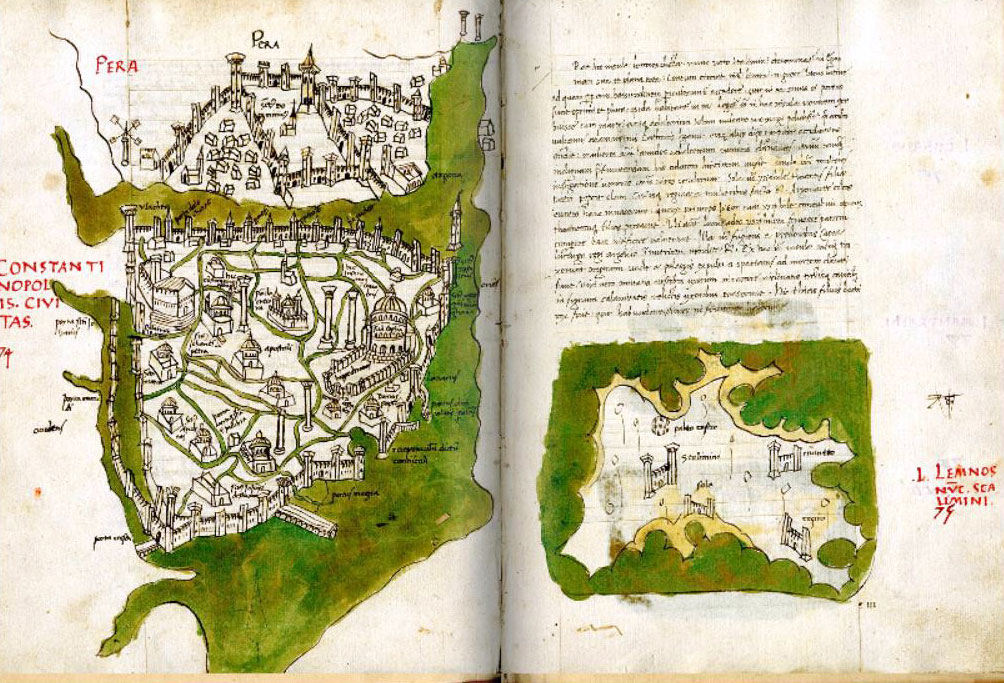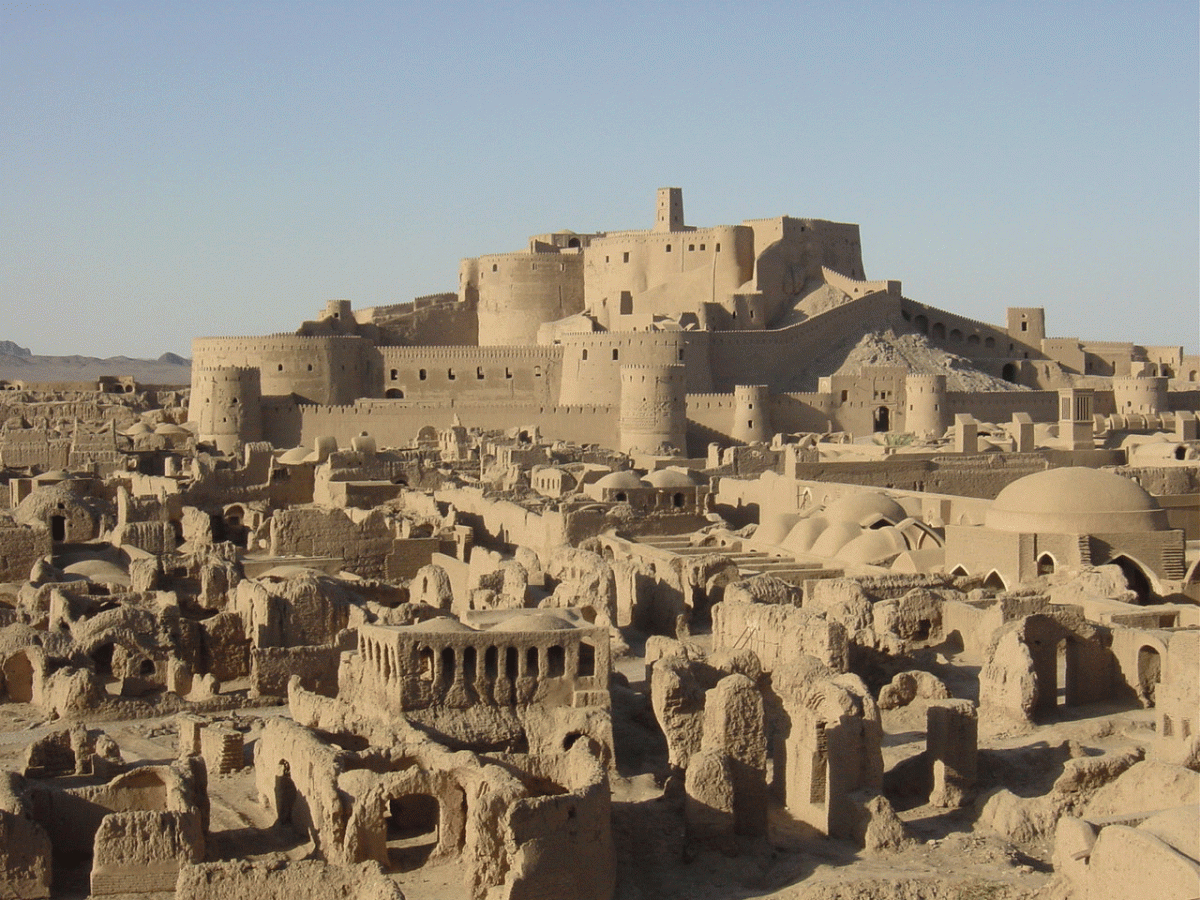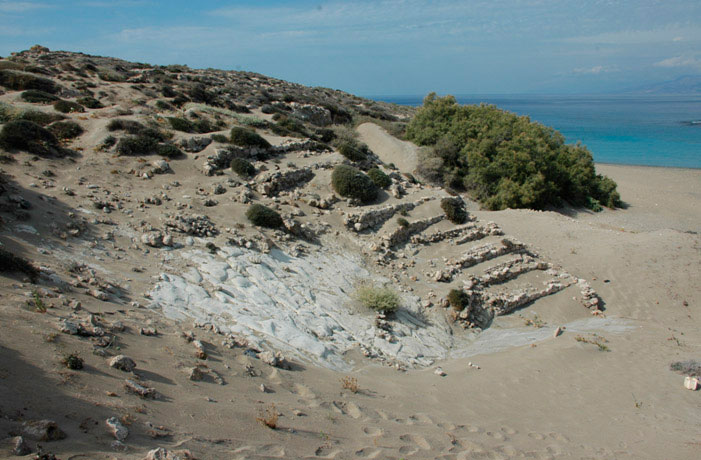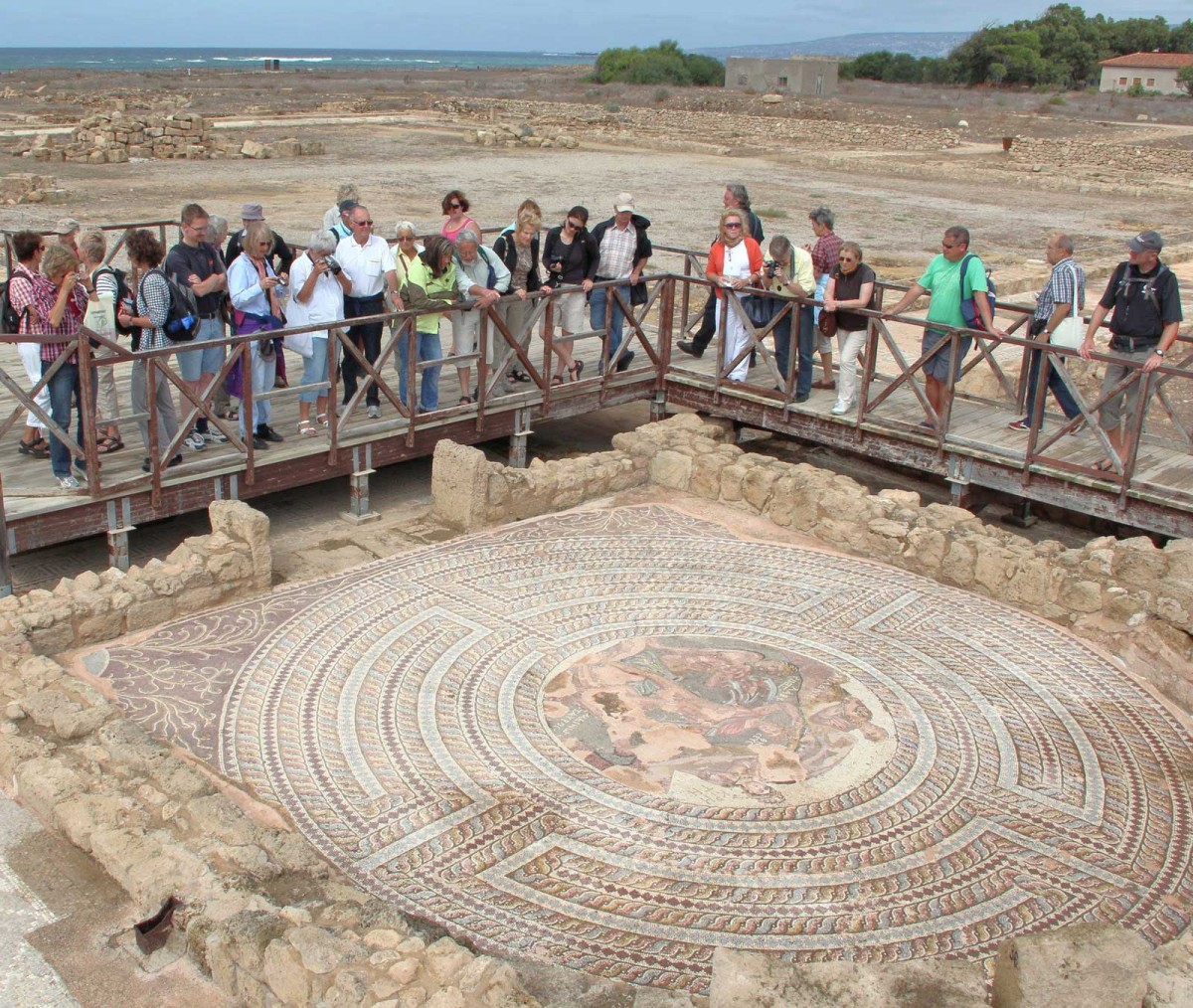Archaeology falls victim of politics
The dig season has begun but the Turkish government in Ankara has still not granted annual permits to foreign archaeologists.
Bronze Age: Europe without borders
The "Europe Without Borders" opening at the Hermitage, which was meant to cement relations between Moscow and Berlin, has ended up inflaming a row...
Salvage excavation at Tang Dynasty tomb
Funerary inscriptions for the owner and his wife mention the man as Governor Liu Ji.
Eiffel Tower reopens after two-day strike
The Eiffel Tower has been shut for two days due to a strike over working conditions.
Resuming work in Leptis Magna
Last summerthe French archaeological mission for Libya, led by Vincent Michel, returned to the site. Still, a lack of conservation and safety measures is threatening to put a premature end to the team's research.
Keep Europe’s culture open to everyone online
Europeana launched an online petition campaign, after budget cuts, to convince the EU to continue to fund it.
New season at Kültepe
Once the spot of a thriving trading community known to archaeologists as Karum Kanesh, the tumulus at Kültepe has yielded important finds since its initial location.
Early Roman tomb excavated in Stromi
A tomb of the Early Roman period was excavated at the foot of the hill Tsouka, near the Stromi settlement of the municipal unit Kallieis.
Is Rakhigarhi village home to older and larger Harappan-era site?
Large Harappan-era site in India pushes the Indus Valley civilization back a thousand years.
Visualizing an Ancient City
Exhibition opening in the Cultural Centre of the city of Farsala today, June 26, 2013.
Corinth: Imagine the City
Director of Excavations Guy Sanders and local 37th Ephorate of Prehistoric and Classical Antiquities archaeologist Sokrates Koursoumis spoke to an interested audience gathered for the Imagine the City: Corinth 2013 Exhibit.
Hercules statue is now one of the World Heritage monuments of UNESCO
At its meeting in the Cambodian capital of Phnom Penh on 23rd June, 2013, UNESCO’s World Heritage Committee decided to inscribe the Bergpark’s Hercules Monument and water displays on the list of the world’s cultural and natural heritage.
Spinalonga, the Venetian walls and the Minoan Palace
Spinalonga, the Venetians walls and the Minoan Palaces of Crete are the three nomination proposals that Greece submitted to UNESCO to be considered for inclusion to the World Heritage List, according to the General Secretary of the Cultural Ministry Lina Mendoni.
Parthian city in danger
For the past decade of unrest following the 2003 US-led invasion, the ancient Persian city has been suffering from inadequate excavations and maintenance and few tourists have ventured into the historic site.
A tale of two cities and one site
Once upon a time, the people of Hamoukar, in modern-day Syria, were subjected to the horrors of urban warfare, the earliest case of this style of combat that scholars know about. Now, 5,500 years later, the site finds itself threatened by the effects of a modern-day war.
The Vikings return
Recent peaceful Viking rebrands are smashed in a vast and bloodthirsty show that will soon set sail for London.
Ancient Heliopolis under threat
Ancient Heliopolis is rapidly turning into a dangerous slum area. The site is in desperate need of proper and thorough excavations and a site management plan that also accommodates the community, which feels completely detached from the heritage that the location represents.
Croatia: Monuments of World Cultural Heritage
The National Archaeological Museum, the Embassy of the Republic of Croatia in Greece and the Representation of the European Commission in Athens present an exhibition of photographs of the inscribed in UNESCO’s list Monuments of World Cultural Heritage in Croatia.
First digitized book in Turning-the-Pages program
The Gennadius Library announced that the first digitized book in its Turning-the-Pages program has launched.
Iran’s Bam Citadel Not in Danger
Iran's ancient citadel of Bam has been removed from the UNESCO list of "World Heritage in Danger" as the organizations's authorities consider there has been improvements in the site's management and conservation.
Fundraising for a theatre buried in the sand
The theatre of Lefki was built in the 2nd century AD and had a capacity of 1,000 seats. Today it lies buried in the sand.
The Crusaders’ hard life
Parasites found in human waste extracted from a Crusaders' latrine in Cyprus demonstrates that the fighters'lives were continuously threatened by malnutrition and disease.
Gold “sustainable” award for Paphos
Paphos was formally presented with a gold quality award today, as one of the top 20 European destinations for sustainable tourism 2013.



